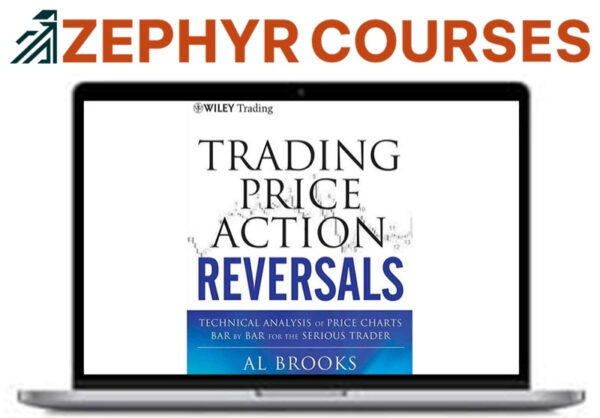Description
Understanding Price Action and Reversal Signals
While markets often seem unpredictable, understanding price action and reversal signals can give you a clearer edge. When you focus on price movement, you’re observing how buyers and sellers interact in real time. This lets you spot subtle shifts in momentum and gives context to every tick on the chart.
Effective trend analysis helps you gauge whether a current move is likely to continue or if a reversal might be brewing. Instead of relying solely on indicators, you read the “story” in the candlesticks themselves, identifying where the market’s strength lies.
Key Patterns for Spotting Market Turning Points
Once you can interpret price action, the next step is to recognize the specific patterns that often signal a market is ready to reverse. You’ll want to watch for classic formations like the bullish engulfing and bearish pinbar, as these frequently mark major turning points.
A bullish engulfing pattern forms when a strong up bar completely covers the previous down bar, suggesting that buyers are overwhelming sellers and a reversal higher could be underway. Conversely, a bearish pinbar features a long upper wick and small body, indicating failed attempts by bulls to push the price higher—often a warning that sellers are about to take control.
Practical Tips for Applying Brooks’s Methods
Although mastering price action theory takes practice, you can make faster progress by focusing on a few core principles from Al Brooks’s approach.
First, always wait for clear signals—don’t force trades if the price action doesn’t confirm your setup. Stick to simple patterns and avoid overcomplicating charts with too many indicators. You’ll find that consistency matters more than catching every move.
Pay close attention to trading psychology. Stay disciplined, and don’t let emotions dictate your entries or exits. Developing a written trading plan will help you remain objective.
Risk management is essential: never risk more than a small percentage of your account on a single trade. Place stop-loss orders logically, based on recent price action, not just arbitrary levels. This keeps your capital protected.
Frequently Asked Questions
Who Is Al Brooks and What Is His Background in Trading?
When you learn about Al Brooks, you’ll find he’s a trader and author known for his unique trading philosophy. He’s a former physician who shifted to trading, focusing on price action and market structure in his strategies.
Are There Recommended Resources for Beginners Studying Brooks’S Approach?
If you’re starting out, you’ll want to check out recommended books and online courses that break down Brooks’s approach. You can find his official books and video series, along with various online forums and study groups.
How Does Brooks’S Methodology Differ From Traditional Technical Analysis?
When you use price action, you focus on interpreting real-time market movement, not relying on indicators like traditional analysis does. You’ll read candlesticks and patterns directly, making your decisions based on what’s happening now, not historical averages.
What Timeframes Does Al Brooks Prefer for Price Action Trading?
When you use price action trading, you’ll often focus on short term strategies, like 5-minute or 15-minute charts. However, you shouldn’t ignore long term perspectives—daily charts help you spot major trends and context.
Has Brooks’S System Been Backtested or Statistically Validated?
You’re probably wondering if backtesting methods or statistical validation support this system. While many traders backtest and analyze similar price action strategies, you won’t find formal, large-scale statistical validation for Brooks’s exact approach directly from him.








